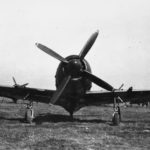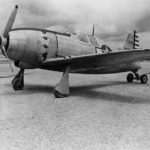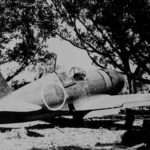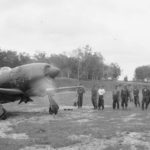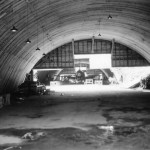J2M front view
Raiden BI-01 and BI-02 ATAIU-SEA in flight, Malaya
Raiden S12 in US Markings Clark Field 1945
Mitsubishi J2M captured by Americans
J2M3 in US Markings Clark Field 45 1
J2M captured by Americans
Captured J2M3 Clark Field May 1945
J2M3 Raiden in US Markings Clark Field
J2M3 Philippines 1945
J2M3 BI-02 tested by British in Malaya, 1945
J2M3 BI-02 tested by British in Malaya, 1945 2
Captured J2M and A6M September 21, 1945
Raiden in US Markings Clark Field 1945
Mitsubishi J2M Raiden Spitfire Hellcat in the Philippines TAIC
Mitsubishi J2M Raiden in the Philippines TAIC
J2M Raiden in the Philippines TAIC in flight
J2M Raiden Jack in the Philippines TAIC
Mitsubishi J2M Jack Japan 1945
J2M Raiden Jack in hangar at Atsugi airbase Japan 1945
J2M Raiden in the Philippines TAIC
J2M Raiden Jack japanese interceptor fighter at Atsugi air base 1945
J2M Raiden 302nd Kokutai and A6M G4M 1945 Atsugi
Mitsubishi J2M fighters 1945
J2M Raiden Jack Navy Fighter Found in Philippines 1945
Mitsubishi J2M Raiden (雷電 “Thunderbolt”, allied code: “Jack”) was single seat fighter interceptor. Raiden was used by the Imperial Japanese Navy Air Service. Number built: ~572 – ~582 fighters. Engine: 14-cylinder radial piston engine Mitsubishi Kasei (variants: MK4C, MK4R, MK4Ra, MK4Ua).
Variants:
J2M1 – 9 prototypes
J2M2 model 11
J2M3 model 21
J2M4 Model 32
J2M5 model 33
J2M6 model 31
Design and Structure
- Type: Single-seat Interceptor Fighter
- Wings:
- Configuration: Low-wing cantilever monoplane with equal taper and dihedral from roots to rounded tips.
- Structure: One-piece wing integral with the forward fuselage section, all-metal with flush-riveted smooth stressed skin covering. Flaps are located between the ailerons and fuselage.
- Fuselage:
- Shape: Oval section, all-metal semi-monocoque structure with flush-riveted smooth stressed skin covering.
- Tail Unit:
- Type: Cantilever monoplane design with the tailplane and elevators positioned forward of the rudder hinge-line.
- Structure: All-metal framework with metal-covered fixed surfaces and fabric-covered rudder and elevators. All control surfaces include trim-tabs.
- Landing Gear:
- Type: Retractable, with main wheels and oleo legs retracting hydraulically inward into recesses on the underside of the wings. The aircraft also features a retractable tail-wheel.
Power Plant
- Engine: One Mitsubishi Kasei 23, a fourteen-cylinder, two-row radial air-cooled engine producing 1,850 hp, equipped with a two-speed supercharger and ejector exhaust stacks.
- Propeller: Four-blade Hamilton type constant-speed airscrew.
- Fuel: Protected fuel tanks in the wings with the option for auxiliary fuel tanks under the fuselage.
Accommodation
- Cockpit: Enclosed cockpit positioned over the trailing edge of the wing, with a sliding rear-view type canopy. The pilot is provided with armor for protection.
Armament
- Fuselage Armament: Two 7.7 mm machine guns, synchronized to fire through the airscrew.
- Wing Armament: Two 20 mm cannon, one in each wing outboard of the airscrew disc.
This aircraft is optimized for high-speed interception missions, featuring a powerful engine, streamlined design, and effective armament configuration for air-to-air combat.
